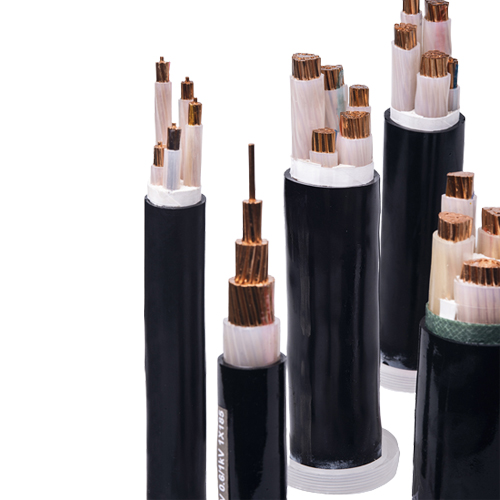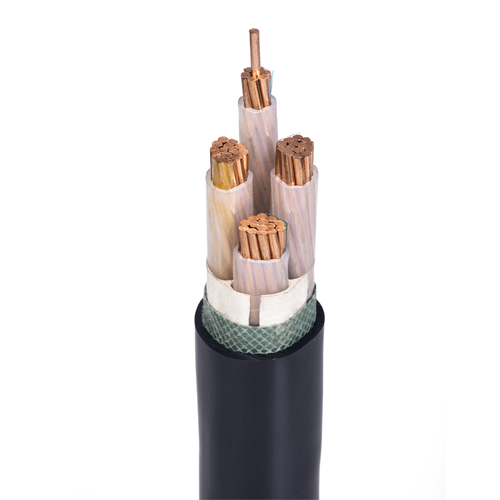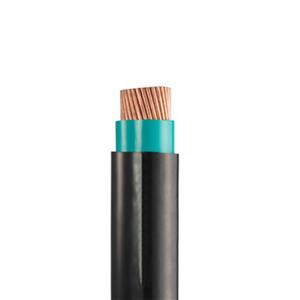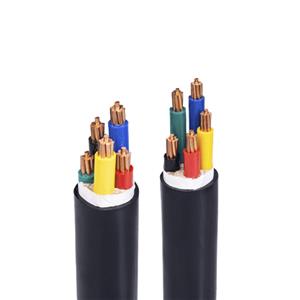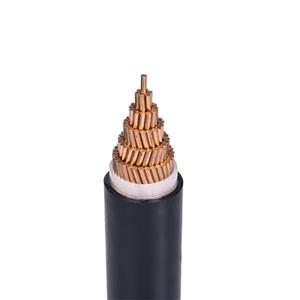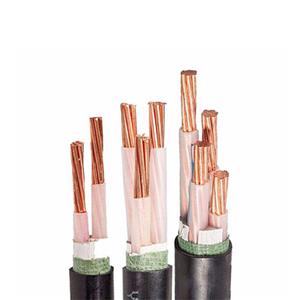XLPE-Insulated Power Cable
-
Difference Between Xlpe And Pvc XLPE Cross Linked Polyethylene Wire
Difference Between XLPE-Insulated And PVC-Insulated Cable
Email Details
PVC-Insulated Cables
PVC-Insulated Cables are widely used and have a long term permissible operational temperature of up to 70°C. These cables have perfect bending properties for easy installation and maintenance, which makes them a popular choice for indoor and outdoor uses for voltage requirements of 1kV and below. Should there be a requirement for ground emplacement, the armoured cable is preferred for higher electrical and mechanical protection.
XLPE-Insulated Cables
XLPE (Cross-linked polyethylene) is an excellent insulation material that has several advantages over conventional thermoplastic insulating material. Some advantages included zero halogen & permissible operational temperature up to 90°C, allowing the cables to with stand a greater current rating compared with PVC cables. The variance gets wider as the conductor size increases, which is also the reason XLPE insulated cables are widely chosen where bigger cables are required for main power supply.
On the other hand, XLPE insulated cables are less flexible compared with PVC cables, hence making it a less favourable choice for smaller conductor size cables where the current rating advantage is less significant. -
China IEC 60502 Electrical Power Cable
Cu/XLPE/PVC Multi-Core (2-Core~5-Core) YJV
Email Details
600/1000V Stranded Copper Conductor, XLPE Insulated, Unarmoured, PVC Sheathed Power Cable
This cable is primarily used for main power supply such as in switchgears and power stations. It can be installed in cable trenches, cable ducts and cable trunking.
The main feature of the flame retardant XLPE power cable is hard to get fire or that the continous burning of cables is vert limited when it is on fire.

